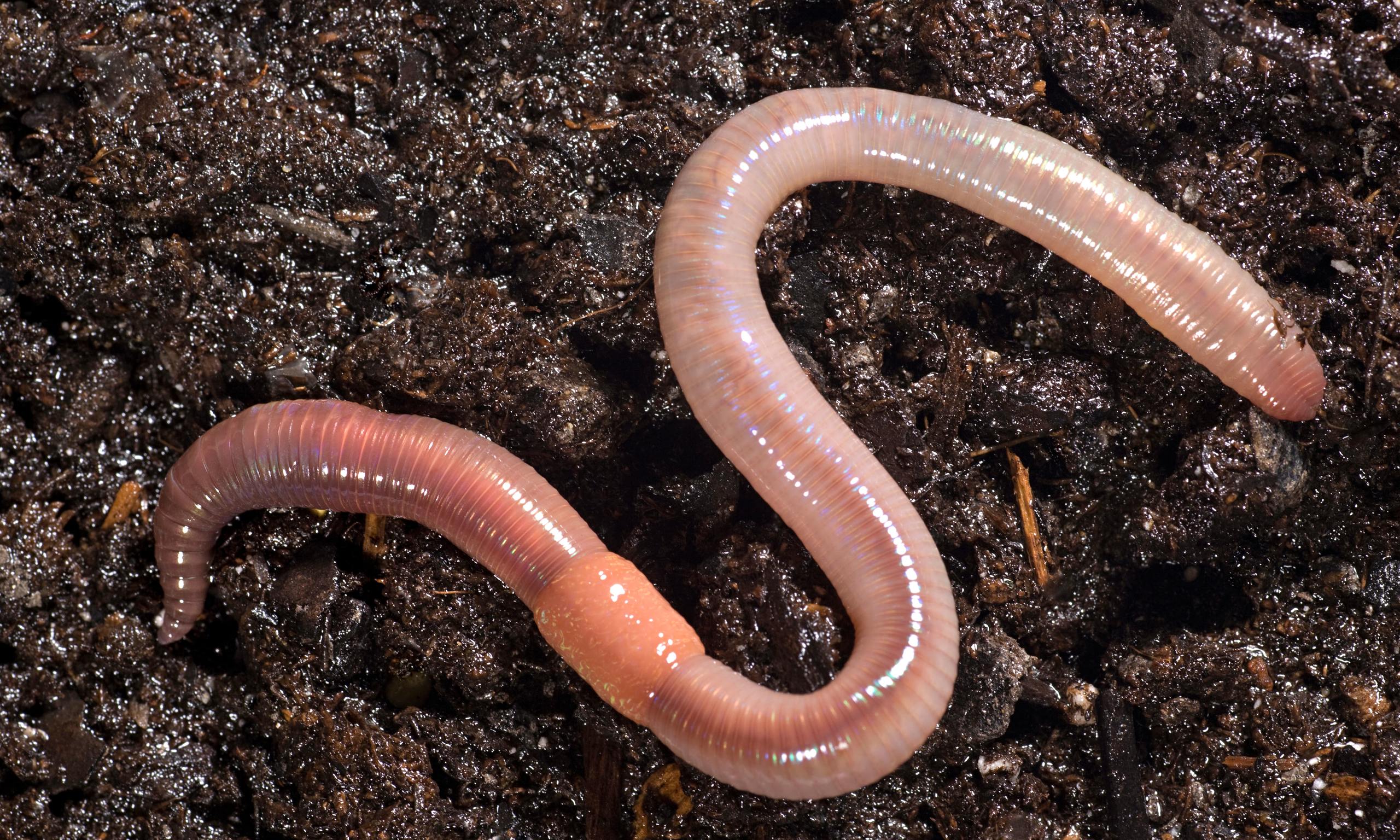Excitement About North Carolina Worms
Table of ContentsLittle Known Facts About North Carolina Worms.Facts About North Carolina Worms RevealedSome Known Details About North Carolina Worms North Carolina Worms - Truths
Example: 1-gallon of worm spreadings to 4 gallons of potting mix. 1/2 cup in the base of the growing hole for smaller sized plants. 1 cup for bigger plants.
The addition of tea can also include boosted microbial biomass to your soil. You can constantly side-dress your plants with worm spreadings any time. Just keep in mind, the microbes will pass away if revealed to UV rays (Sun), so make sure to cover the spreadings with an inch or so of dirt.
This frustrated them for years until the screening methods ended up being much better. It would obtain far better(with more spreadings), degree off, and then decrease. Also numerous worm spreadings would certainly accelerate the development to a rate that the plant could not recuperate from.
The Ultimate Guide To North Carolina Worms
I have clarified the merits of worm spreadings for regarding 2000 words. Worm castings are no different. It takes time to create high quality worm castings.
Worm castings absolutely set you back more than chemical fertilizers. Worm spreadings are on the more affordable end of organic fertilizers. (50 gallons per year) It is a much harder and extremely costly investment to create large quantities of worm castings.

Creating a healthy and balanced soil might be the biggest advantage of worm castings. We reviewed worm castings NPK and additionally the appropriate nutrient evaluation that ought to use to worm castings.
Little Known Questions About North Carolina Worms.
We spoke about some of the downsides connected with worm spreadings. I covered a whole lot of product in this write-up.
The upright burrows are commonly open, although the worms cover the leading with residue and excrement. Origins require oxygen for their development, whereas they create carbon dioxide that needs to leave the dirt.
Earthworms enhance porosity by 2 mechanisms: (1) by developing permanent burrows, and (2) by boosting dirt aggregation. Aggregation is improved by the blending of dirt and natural issue in the earthworms' digestive tracts. Lake Rhodhiss Bait. These extremely stable accumulations are transferred by some earthworms in their burrows, and by others at the surface of the dirt


In one more research study, earthworms were approximated to consume 4 to 10 percent of the top 6 inches of the soil every year. This only mosts likely to reveal the enormous amounts of soil that can be refined by earthworms. Dirt compaction reduces the porosity of the soil. Since earthworms enhance porosity, they reduce the impacts of compaction.
All about North Carolina Worms
Common earthworm populations can quickly consume 2 loads of dry issue per acre each year, partly digesting and blending it with dirt. The significance of earthworms to mix surface area deposit with soil becomes really clear in dirts that do not have any type of earthworms. Most of our Pennsylvania soils contend least some earthworms, and the effect of their full absence, for that reason, can not be noted.
(https://www.n2local.com/us/nc/lenoir/general+items+for+free/random+stuff/202501240119583EOmxbuVBRm)In these dirts, the formation of topsoil with practical organic matter content did not happen, resulting in poor crop growth. Once the cause was established, the government of the Netherlands started a project to present earthworms. After the intro of the earthworms, a dark topsoil layer was created, and crop development increased substantially.
They live mainly from partially broken down raw material that is already included in the dirt. They consume their method with the soil, creating horizontal burrows that they full of their waste matter. These varieties consume big amounts of soil that they combine with absorbed plant residue in their guts. or anecic species stay in irreversible upright burrows that can be 5 or 6 feet deep.
These types consume considerable amounts of dirt that they mix with absorbed residue in their guts. Their waste matter is mainly transferred at the surface area of the soil.